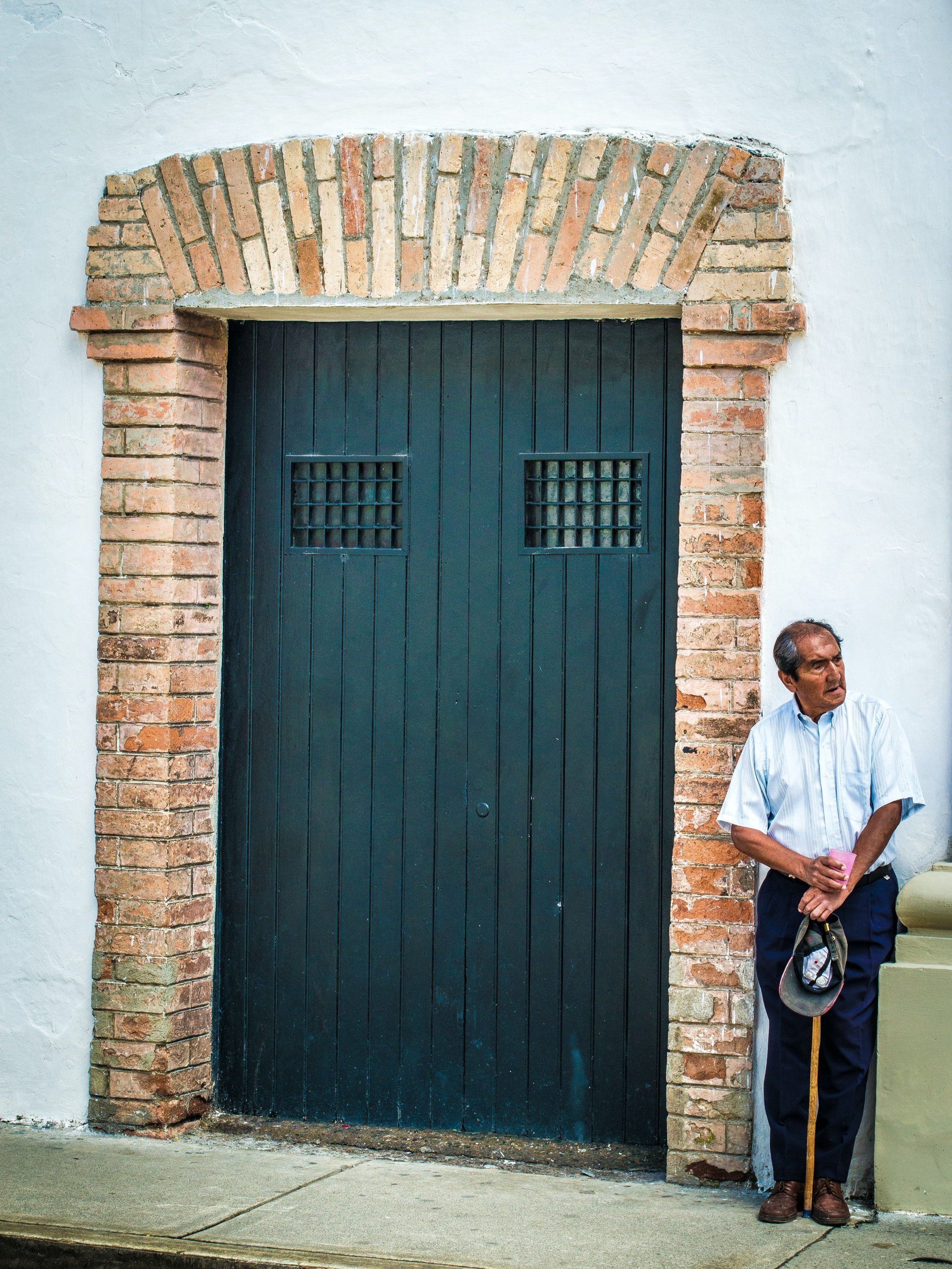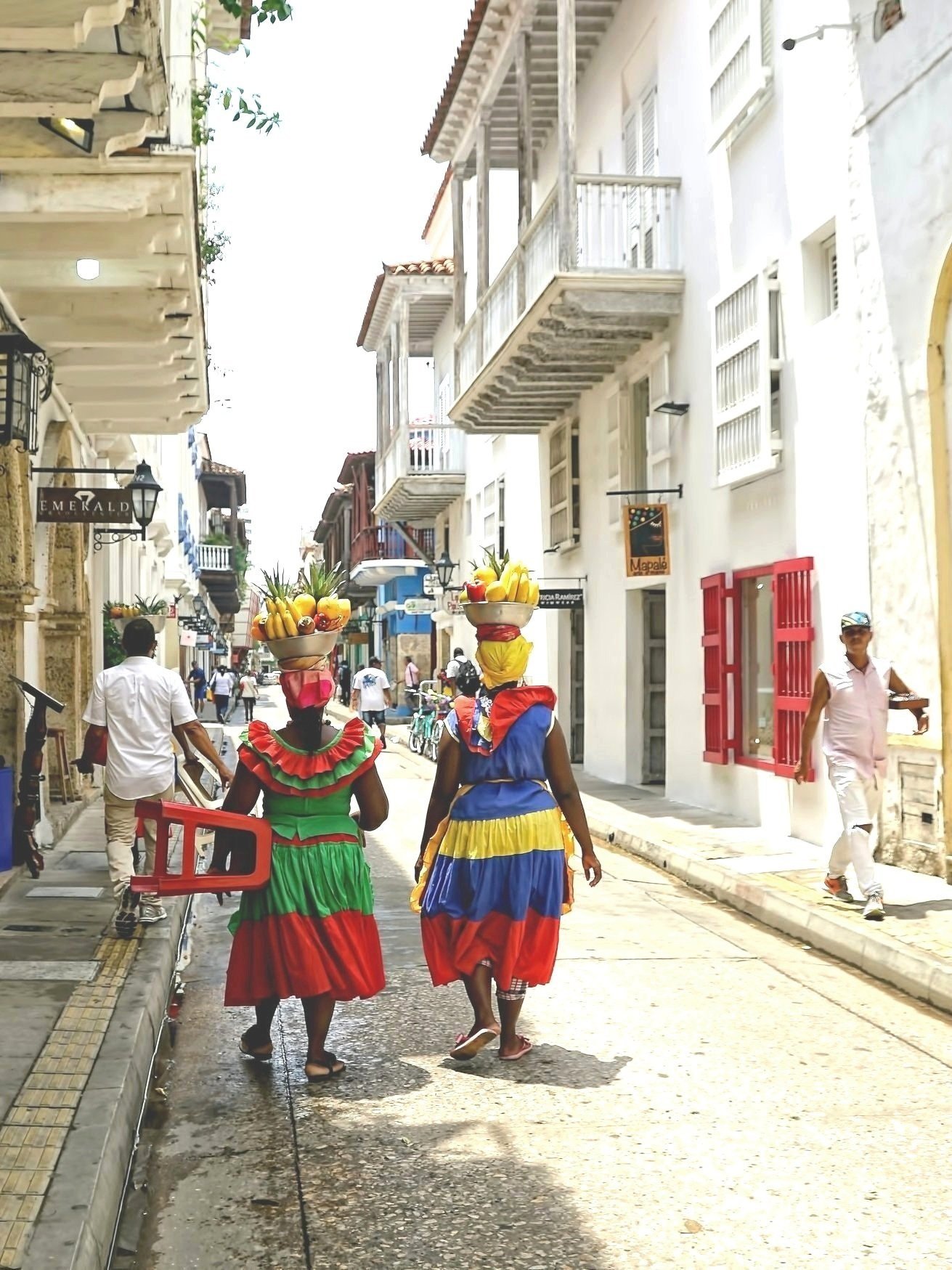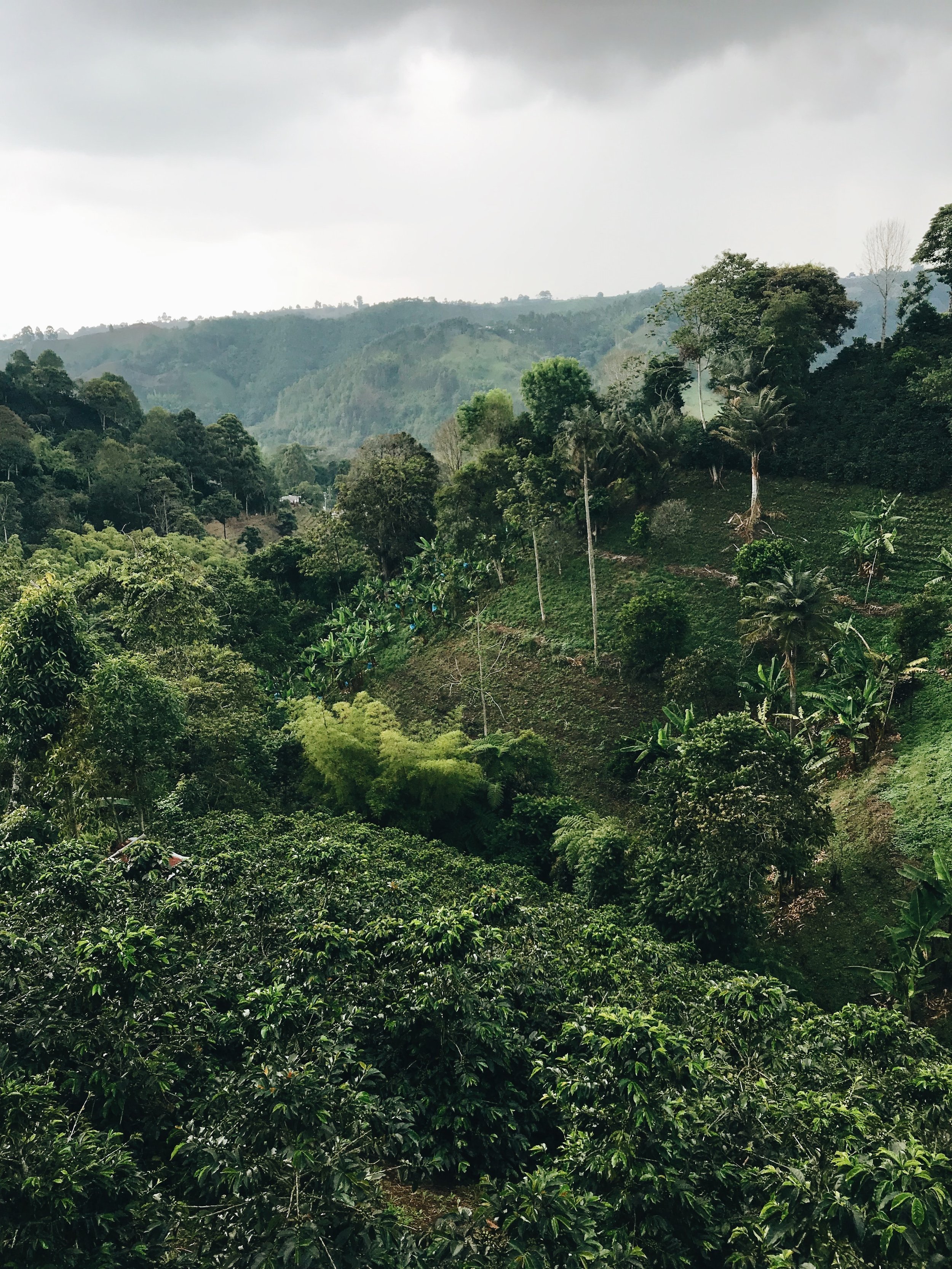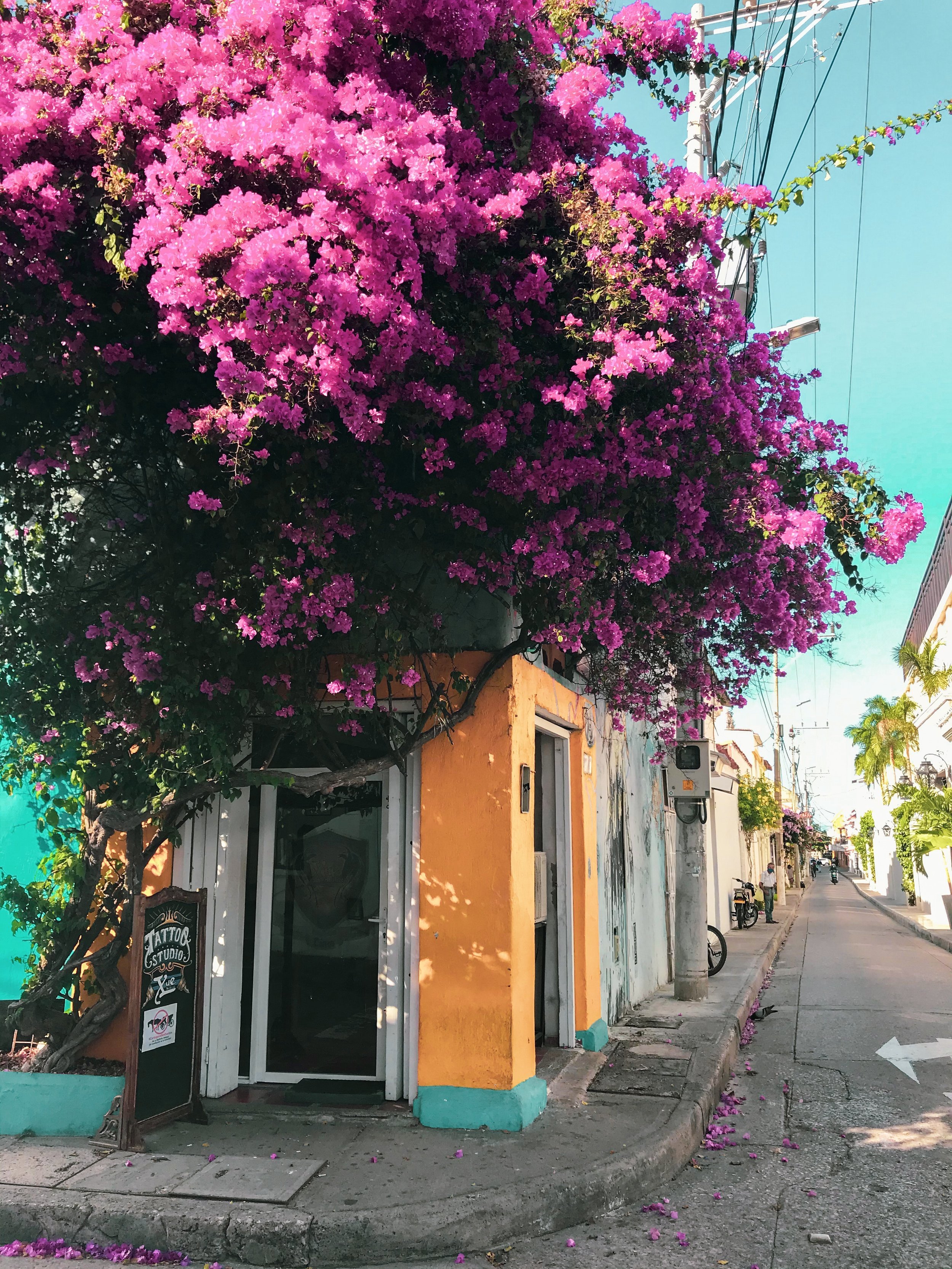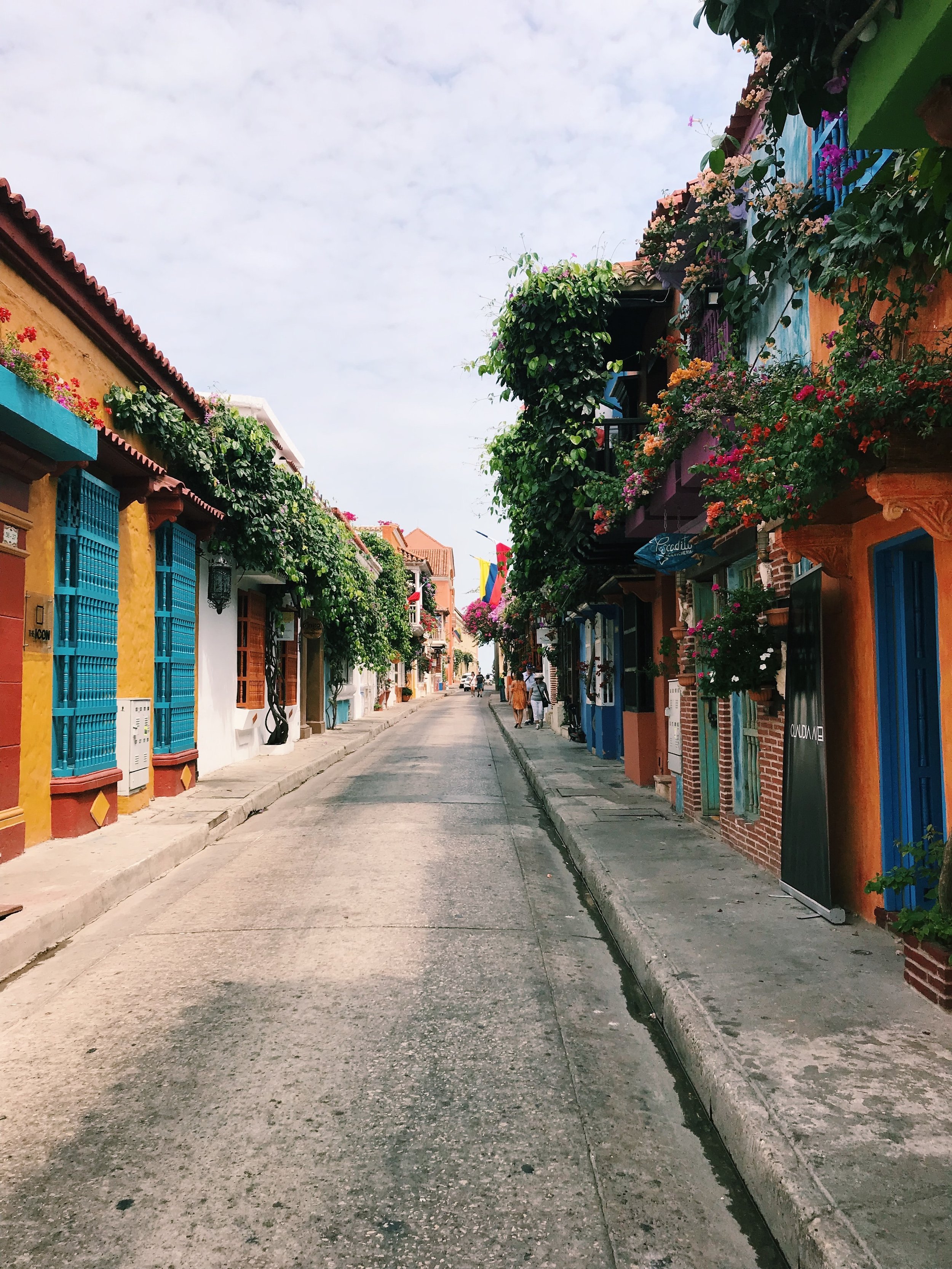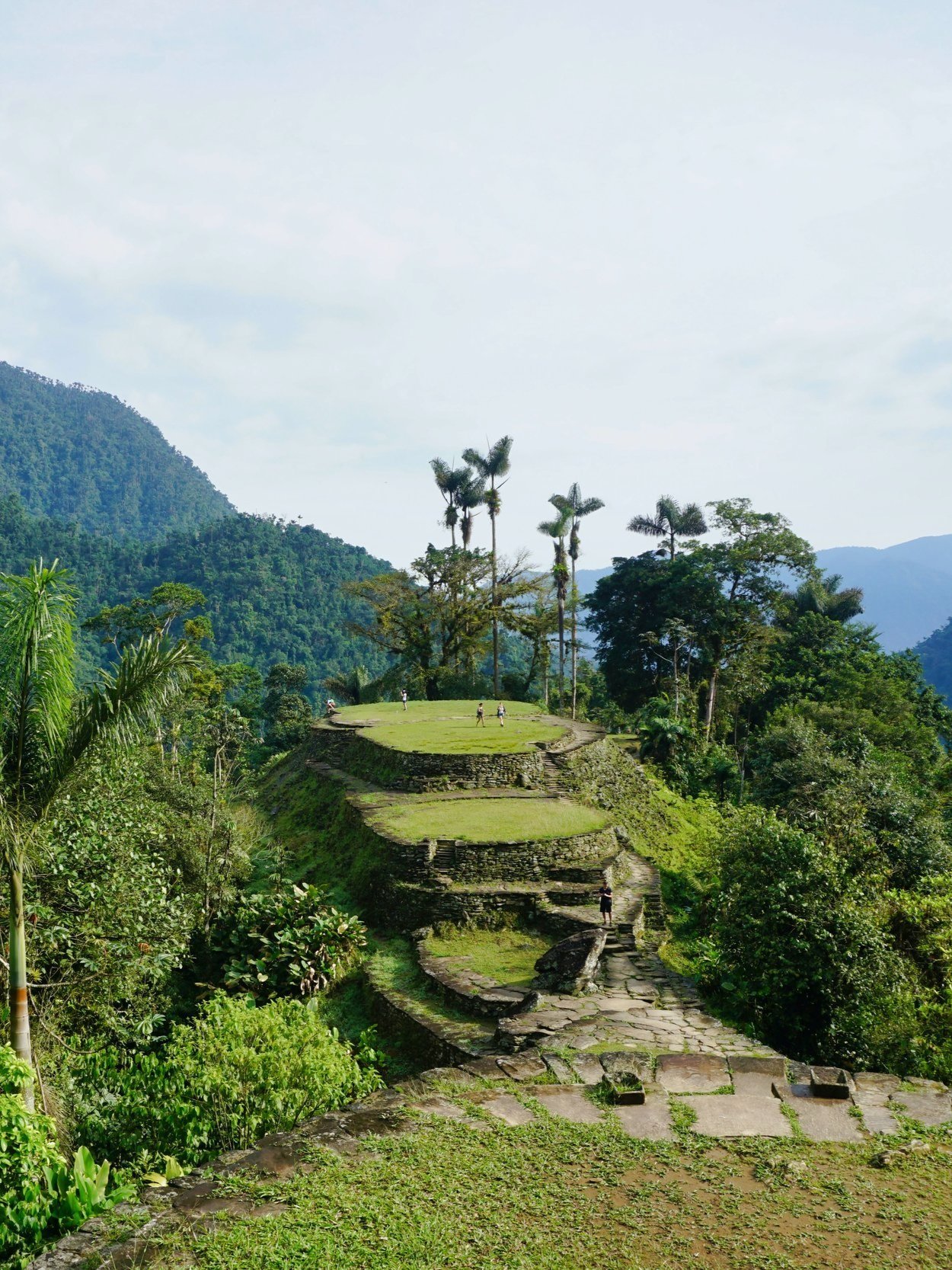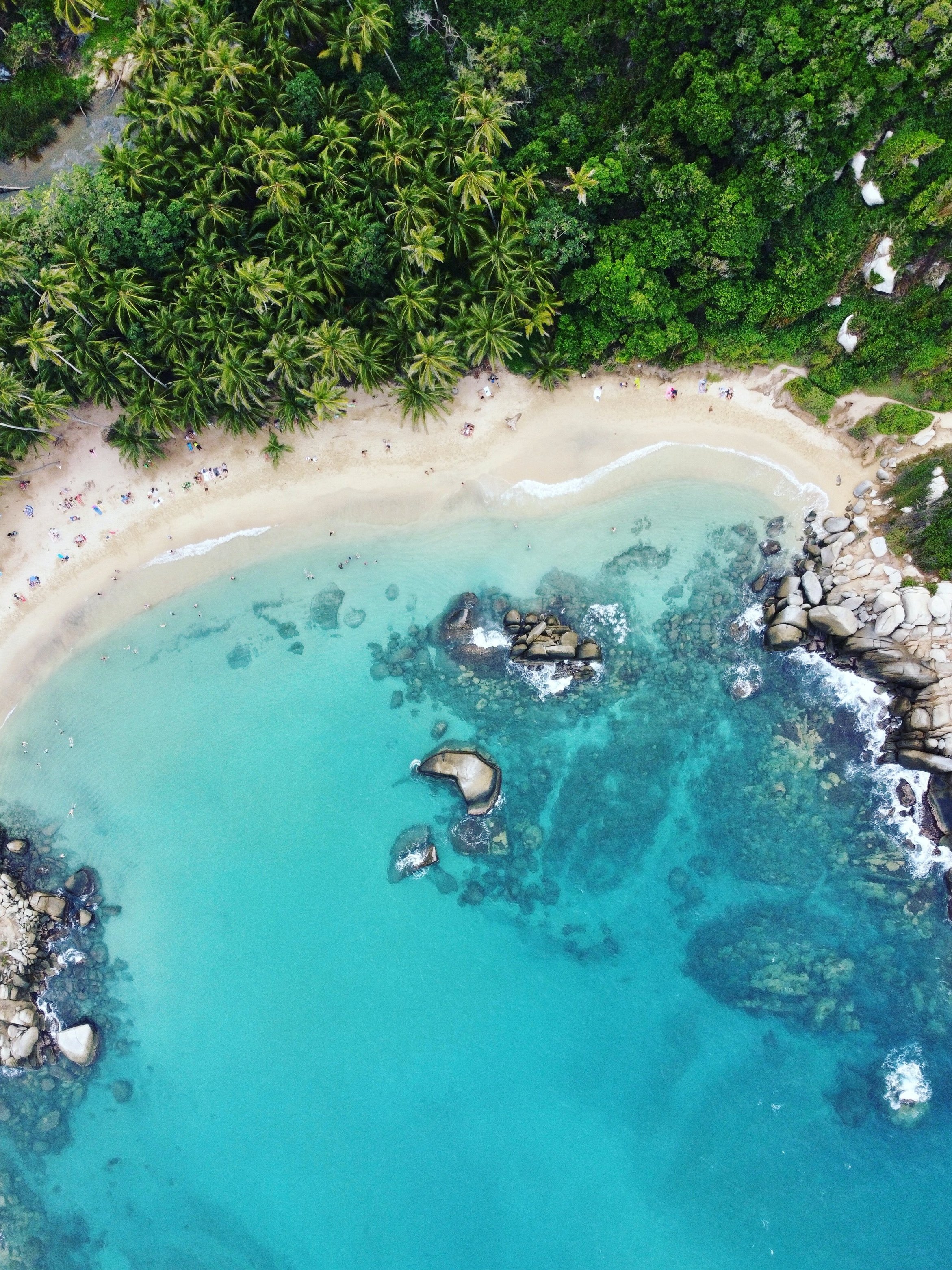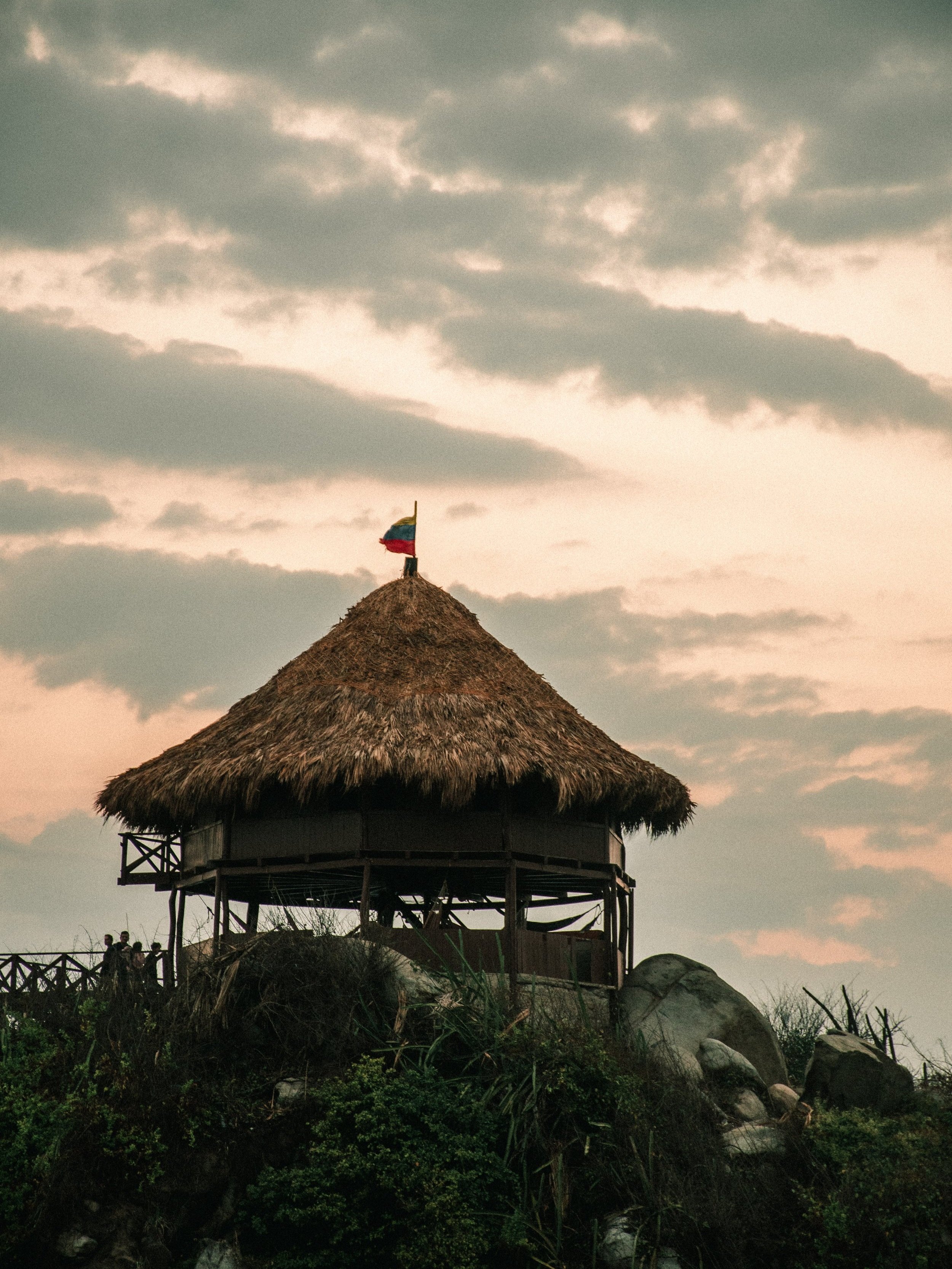Colombia, land of joy
Colombia, land of joy
Photos by Richard Brunsveld, Delaney Turner, Sara Illustration, Ricardo Gomez, Nubia Navarro, Reiseuhu, Alexander Schimmeck, Sander Traa, David Rodriguez & Juan Amarú
Words by Dana Ter
Home to the legend of El Dorado which told of a lost city of gold, to travel to Colombia is like stumbling upon a rare gem. The South American country straddles both the Caribbean Sea and the Pacific Ocean. It has otherworldly rainforests, wetlands, lakes and a river with seven colors. The mountains are swathed in grassy savannas and the cooler coffee-growing region has the world’s tallest wax palm trees. You’re never far from a natural wonder as Colombia is one of the most biodiverse countries on the planet.
With such natural wealth, it’s no wonder that Colombia is dubbed “the most welcoming place on earth.” A melting pot of cultures and ethnicities, its people are friendly to a fault. Traditional crafts thrive in the historic old town of Bogotá, the capital, and you’ll find this exuberant mix of cultures rolled into the live music and salsa dancing in cities like Medellín. This joy is pervasive everywhere you go, from city to countryside, and people will go out of their way to make you feel at home.
The country is also making great strides in sustainability. Eco hotels integrated into lush coastal jungles and rolling hills offer back-to-nature experiences with a dash of luxury. And the recently launched Carbon Neutral Colombia strategy aims at reaching carbon neutrality by 2050.
From horseback riding in a private nature reserve to coffee tasting, wine and tapas on a sailboat to snorkeling, Naya offers curated journeys that bring you to the best places to visit in Colombia. This is our Colombia travel guide. Bienvenidos! – Welcome.
Coffee region & Cocora Valley
Coffee drinkers, rejoice! Colombia has a 300-year-old history of coffee growing. The Eje Cafetero or Coffee Region, surrounded by bamboo forests in the perpetually mist-covered Andes with its year-round cool weather has the ideal climate to produce the signature Café de Colombia. Here, you’ll find sustainable lodgings such as the Bio Habitat Hotel. Perched on top of a mountain and situated in 16,000 sq m of forest, the hotel is built with bioclimatic architecture. The forest cabins, for instance, have balconies that unfold into tree canopies.
There are many ways to take in the swathing views – by foot, on horseback, by air. We’ll start with a horseback riding excursion in the farmland of a private estate, passing through pineapple, banana and sugarcane plantations. By foot, we’ll explore the Cocora Valley with its magnificent wax palms that stretch 70 meters skywards to the fog. And a coffee tasting session in a traditional café is in order in the village of Salento. We’ll end with a sunrise hot-air balloon ride, floating above the clouds, in the orange sky, over the remarkable green expanse.
Cartagena de Indias
Once the jewel of the Spanish empire, this coastal city is known today for its colorful buildings with terraces bursting with ferns and bougainvilleas, and its history found in stunning colonial-baroque architecture. Cartagena’s vibe, a mix of Afro-Caribbean, Spanish and indigenous influences, its food, music and dance, is just as colorful as its buildings.
There are many things to do in Cartagena, and the old town, a UNESCO World Heritage Site, teems with life. Walk down any street and artisans, trades people and locals will greet you with a cheerful smile. On a private tour of the old city, we’ll explore the San Pedro Claver church and cloisters, a remembrance for the patron saint of enslaved people, and the 16th-century Santo Domingo church with its striking yellow façade. Due to its location by the sea, Cartagena was invaded multiple times, which also made it one of Colombia’s most fortified cities. Beyond the walled city, we’ll see the iconic 16th-century fortress of San Felipe de Barajas, a reminder of this past.
Come sunset and embark on a sailboat to the bay of Cartagena, soaking in the last rays of the day with wine and tapas.
Rosario islands
The only way to reach the Rosario Islands is by boat from Cartagena and we’ll set sail on a private yacht. A coral reef archipelago of 27 islands awaits. With pristine light blue waters and a remarkable array of marine life, it’s no wonder that this is a protected area and designated National Natural Park. Swim, snorkel or simply relax onboard with a glass of wine and sunbathe. The calm waters of the Cholon lagoon are yours to enjoy for the day.
Or, stay overnight at Hotel Las Islas on Isla Barú where thatched-roofed bungalows nestled in the lush jungle overlook the quiet shimmering sea.
Santa marta & Tayrona national natural park
Santa Marta beaches, with its vast stretch of golden-sand coastline backed by tall palm trees, is the gateway to Tayrona National Park. Tayrona is named after the ancient Tayrona people who inhabited the area for thousands of years before the Spaniards arrived. Today, it’s a massive 15,000-acre nature reserve with many microclimates. Here you’ll find natural pools and coves, coastal lagoons, and tropical jungles and rainforests.
Immerse yourself fully in nature at Ecohabs Tayrona, a sustainable hotel on Cañaveral Beach where wooden bungalows with high palm roofs allude to the original homes of the Tayrona people. Ecohabs sits at the foothill of the Sierra Nevada de Santa Marta, a mountain range with hiking trails, some that lead to ancient ruins from the Tayrona civilization. Always in view is the glimmering Caribbean Sea. From Cañaveral, walk to Arrecifes and Arenilla beaches through lush jungles and stopping at natural pools for a dip.
With mountains and seas, jungles and farmland, and the warmth of its people, Colombia really is the stuff of legends. Natural and cultural riches abound and it awaits your exploration.


